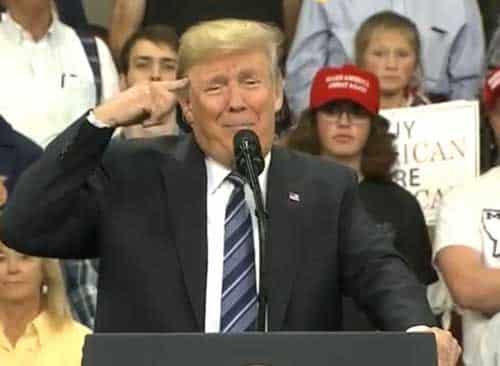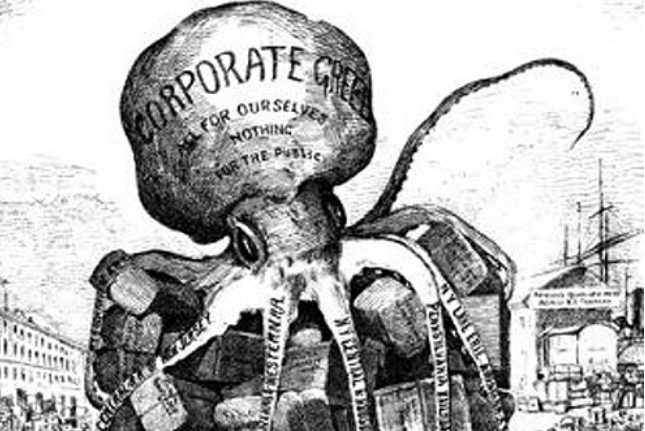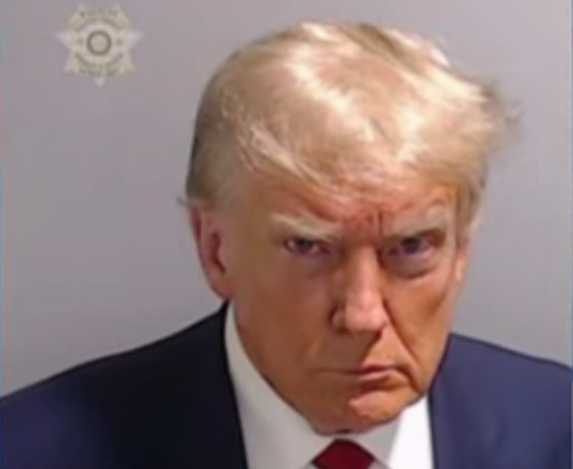[dropcap]W[/dropcap]ASHINGTON — “I will build a great wall,” declared Donald Trump in announcing he was running for president in June 2015. “I will build a great, great wall on our southern border, and I will make Mexico pay for that wall. Mark my words.”
A wall at the U.S.-Mexico became Trump’s signature promise — a call and response at all of his campaign and post-campaign rallies, a symbol of his contempt for illegal immigrants and the centerpiece of his draconian immigration policies.
Yet, as much as the billionaire former New York real estate investor says he wants it, there is still no trace of the towering, gleaming, all-encompassing border wall he originally promised.
More than two years into his first term, all Trump has to show is eight wall sections erected on a dusty plot of scrubland near San Diego. This month, previously planned construction begins on 9.5 kilometers of levee wall in the Rio Grande River Valley in Texas, marking the first wall construction during the Trump presidency.
The president’s insistence on $5.7 billion of U.S. taxpayer funds for the wall over Democrats’ objections and tepid public support led to a 35-day partial government shutdown in December and January, and another one threatened for February.
[content id=”79272″]
The spending deal finally struck by Democratic and Republican negotiators — and expected to be approved by Trump — was an unmistakable setback for the president. It provided $1.375 billion for 88 kilometers of fencing, only a quarter of the money he sought, and a fraction of the 322 kilometers of new wall he demanded.
Trump said he was “not happy” with the compromise, but was unwilling to torpedo the agreement and trigger another shutdown. Instead, he hinted at seeking executive action to shift funding from other accounts to supplement the cost of a wall.
Actual wall and…
Currently, some kind of barrier exists on 1,127 kilometers of the U.S.-Mexico border, about a third of the 3,145-kilometer boundary.
While Trump’s focus on building a wall has not changed, the wall itself — or his idea of the wall — has steadily contracted.
What started out as a concrete barrier along the border “from sea to shining sea” has devolved into something “see-through” or built with metal slats, constructed where there are no natural barriers. Recently, Trump resolved to “just call them walls, and stop playing political games,” as if the term were merely a label that could be affixed to anything.
“The symbolism is more important than the reality,” the National Review’’sJonah Goldberg wrote in December. “Immigration policy itself is something of an afterthought.”
Pundits have speculated on the symbolic meaning of Trump’s wall. “Shielding America from outside threats and uncertainty.” Trump’s “neediness.” “His presidency.” Proof that the “government is listening.” And “ruin.”
‘Big, beautiful wall’
Five days after he was sworn in as president, Trump issued an executive orderauthorizing the wall and earmarking whatever federal funds could be found to pay for it, to combat “a surge of illegal immigration.”
“’Wall’ shall mean a contiguous, physical wall or other similarly secure, contiguous, and impassable physical barrier,” the order specified, to be built all along the southern border.
A month later, Customs and Border Protection announced it would accept design concepts from construction companies and award contracts after reviewing their bids.
By now, spurned by Mexican officials, Trump had abandoned his fantasy that the Mexican government would pay for it.
CBP didn’t have the money. Its parent agency, the Department of Homeland Security, could only find $20 million in existing funds for the wall, which it estimated would cost $21.6 billion.
Source: VOA







